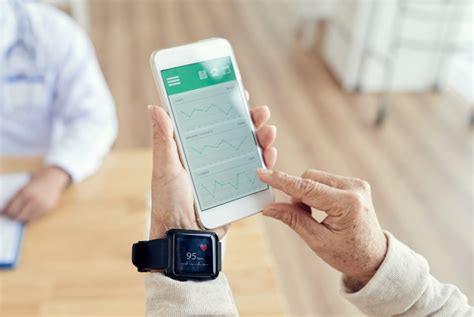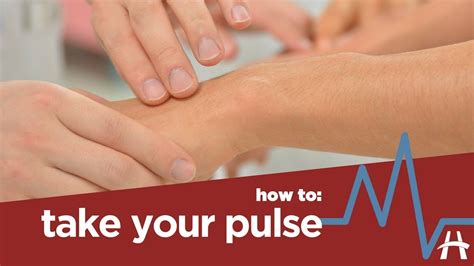Intro
Monitor your health with these 5 ways to check heart rate, including pulse measurement, ECG, and heart rate monitors, to track cardiovascular fitness and detect irregular heartbeats.
Monitoring heart rate is an essential aspect of maintaining overall health and fitness. It provides valuable insights into the body's physical condition, helping individuals understand their physical limitations and optimize their exercise routines. A normal heart rate varies from person to person, but generally, for adults, it ranges from 60 to 100 beats per minute (bpm) when at rest. For athletes or individuals who are highly fit, a normal resting heart rate can be as low as 40 bpm. Checking heart rate regularly can help in early detection of heart-related issues, guide physical training, and ensure safety during strenuous activities. Here are several methods to check heart rate, each with its own set of advantages and specific use cases.
Introduction to Heart Rate Monitoring

Manual Pulse Check

Advantages of Manual Pulse Checks
Manual pulse checks are free, require no equipment, and can be done anywhere. They are also a good way to get a quick reading of heart rate and can be particularly useful in situations where electronic devices are not available or practical.Wearable Fitness Trackers
Features and Benefits of Wearable Trackers
Beyond heart rate monitoring, many wearable trackers offer additional features such as step counting, distance tracking, calorie burn estimates, and sleep quality analysis. They often sync with smartphones, allowing users to view detailed analytics and set fitness goals. The convenience and comprehensive data provided by wearable trackers make them a popular choice for health and fitness monitoring.Chest Straps

Accuracy and Use Cases for Chest Straps
Chest straps are known for their accuracy and are commonly used in professional sports and high-level fitness training. They can provide real-time feedback, allowing athletes to adjust their intensity to meet specific training goals. However, they may be less comfortable for some users and require proper fitting and moistening of the electrodes for accurate readings.Smartwatches with ECG

Benefits of Smartwatches with ECG
The inclusion of ECG in smartwatches provides an additional layer of heart health monitoring. Users can take readings at any time, and some devices can even perform automatic screenings for irregular heartbeats. This feature is particularly beneficial for individuals with known heart conditions or those at risk, offering a proactive approach to heart health management.Medical Devices

Use and Supervision of Medical Devices
The use of medical devices for heart rate monitoring is strictly under the guidance of healthcare professionals. These devices are crucial for managing and monitoring heart conditions, providing detailed insights that can inform treatment decisions. Regular check-ups and adjustments by healthcare providers are necessary to ensure the devices are working correctly and the patient's condition is being properly managed.What is a normal heart rate for adults?
+A normal heart rate for adults ranges from 60 to 100 beats per minute (bpm) when at rest. However, this can vary based on fitness level and other factors.
How often should I check my heart rate?
+The frequency of checking heart rate depends on individual health needs and fitness goals. Generally, it's a good idea to check heart rate at rest daily and during exercise to ensure you're within a safe and effective training zone.
Can wearable trackers accurately measure heart rate during intense exercise?
+While wearable trackers are generally accurate, their precision during intense exercise can vary. Factors such as movement and sweat can affect readings. For high-accuracy needs, chest straps or smartwatches with ECG might be more reliable.
Monitoring heart rate is a simple yet effective way to take control of one's health. With the variety of methods available, from manual checks to advanced wearable technology, individuals can choose the approach that best fits their lifestyle and health goals. Whether for casual monitoring or professional athletic training, understanding and utilizing heart rate data can lead to improved physical performance, enhanced health awareness, and a reduced risk of heart-related issues. As technology continues to evolve, the accessibility and accuracy of heart rate monitoring are expected to improve, offering even more benefits for health-conscious individuals. By incorporating heart rate monitoring into daily routines, individuals can make informed decisions about their health, fitness, and overall wellbeing.
